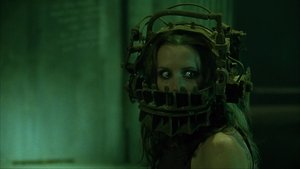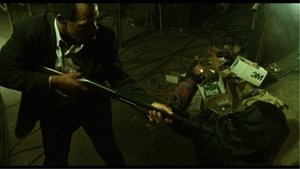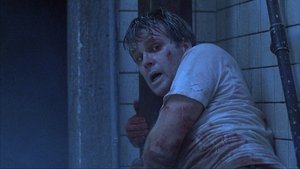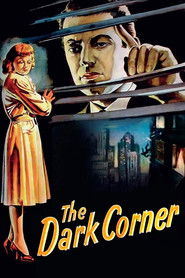
Video Sources 5 Views Report Error
Synopsis
In an opening scene as unsettling as it is unforgettable, Saw plunges us into a suffocating atmosphere from the very first minute. Two men wake up chained at opposite ends of a filthy, decaying industrial bathroom. Disoriented, with no clear memory of how they got there and no apparent connection between them, they soon realize that their situation is not a simple kidnapping: they are trapped in a twisted test orchestrated by a deeply disturbed mind.
The person responsible for their captivity is an enigmatic figure known as Jigsaw, whose trademark is subjecting his victims to cruel moral dilemmas disguised as “games.” In the center of the room lies a corpse in a pool of blood, and near the protagonists is a tape recorder containing a message that will change their lives forever. Through a pre-recorded message delivered in a cold, impersonal voice, Jigsaw gives them chilling instructions: in order to survive, they must follow the rules of his game—rules that involve making extreme decisions and ultimately confronting their own sins.
As the clock ticks on, the prisoners must decipher the clues left behind, uncover the reason for their captivity, and face the brutal possibility that only one of them might make it out alive. The tension builds not only because of the oppressive setting, but also due to the psychological depth of the game. Jigsaw doesn’t kill with his own hands—his goal is for his victims to “appreciate life” through suffering, turning his trials into true symbolic punishments.
Original title Saw
IMDb Rating 7.6 490,671 votes
TMDb Rating 7.421 9,508 votes
Director
Director
Cast
Dr. Lawrence Gordon
Adam Faulkner-Stanheight
David Tapp
Alison Gordon
Detective Steven Sing
Diana Gordon
Zep Hindle
Amanda Young
Allison Kerry
John Kramer / Jigsaw


































